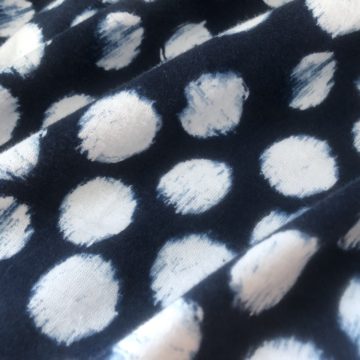A great article in The Washington Post gives a unique look at the impact that changes in fashion is having on the resourcing for the paper that makes up U.S. dollars. The is an interesting connection between denim and the dollar. And that is a certain synthetic fiber people like me enjoy having to get a little give in their jeans.
Fashion comes at a price. But who knew that it would claim our entire system of money?
Since American money was consolidated into a single system of currency in the late 1800s, U.S. dollars have been printed on a unique cotton blend paper. That paper has been supplied by a single company, Crane, for more than a century. And Crane relied on scraps of denim sold in bulk by the garment industry for its cotton.
The company bleached and processed the unwanted fabric, then rewove the fibers into the George Washingtons and Benjamins that graced our wallets. About 30 percent of Crane’s cotton came from leftover denim, making it one of the largest single source of the fibers, according to Jerry Rudd, managing director of global sourcing. The rest of the cotton came from a hodgepodge of other textile wastes.
But something strange began to happen in the 1990s: Denim became tainted.
The stretchy fabric commonly known as spandex (and trademarked as Lycra) had been invented in the 1960s for use in women’s lingerie. By the 1990s, the fashion world had discovered that blending it with denim created a curve-hugging — and yet still forgiving — fit. It never looked back.
The original article came to light after I saw Megan Garber’s “Your Skinny Jeans Are Destroying the U.S. Dollar—Literally” in The Atlantic.




